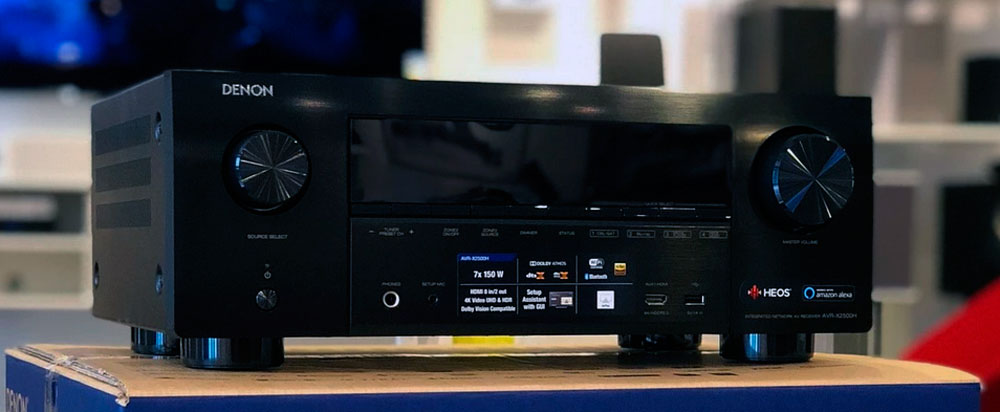Digital technology is evolving at an incredible rate. As a result, a 4k passthrough receiver is now available to give the best possible experience for your home theater system. These receivers will be able to upscale any type of content up to a resolution of 3840×2160, which is four times the amount of pixels that full HD contains. So if you’re looking for the latest and greatest when it comes to digital entertainment, then a 4K passthrough receiver may just be what you need!
You might be asking yourself, “Do I need a receiver with passthrough?” Well, if you have the newest HDTVs that support HDMI connections, then yes. These receivers can send all signals from your source devices to your TV without any interference or loss of quality in audio and video. So now, when watching old movies on VHS tapes or your favorite TV show from Hulu, you’ll get the same picture and sound quality!
A few of these receivers also include Dolby Atmos, an immersive surround sound audio designed to give a more natural experience.
Does a 4K receiver improve picture quality?
Many people believe that a receiver with HDMI ports can improve the picture quality of an older TV. However, it is important to know what kind of signal your TV supports before buying one. If you have an HDTV and want it to receive better images, then you will need a full 1920 x 1080p 60Hz (1080i) or 720p 60Hz signal. If you have a regular TV with a lower resolution, then the receiver will not improve the picture quality of your device.
If you want to buy a powerful HDMI receiver for your HDTV and don’t know which one is best, we recommend reading our article on choosing an AV Receiver.

How to choose a 4K AV Receiver
The prices vary dramatically depending on your needs and the number of benefits offered, so it’s worth looking at all the options before making a decision.
One of the most important features to consider is HDMI connectivity. If you want a receiver that can process signals at full resolution and send them out as uncompressed video, make sure it has both an HDMI input for your source device and output connectors for your TV or projector.
Some receivers have built-in streaming apps, so you can stream music from Spotify, Pandora, and more. They also have AirPlay support for wireless streaming to your speakers from any device with that capability.
For the highest quality sound reproduction, look for a receiver with high-resolution audio decode capabilities as well as surround sound processing enabled by Dolby Atmos or DTS:X technology (or both).
If you’re looking for a receiver with built-in Wi-Fi, some models offer that as well.
Does 4K require a special HDMI cable?
No, a standard HDMI cable can transfer data to your TV or monitor. The only thing that is necessary for a receiver with passthrough capability is the latest firmware update and proper connection between the device and input on your TV.
To be clear: there’s nothing you need to do in terms of cables; it will work fine as long as you plug it in.
Typically, all HDMI cables are rated to carry a minimum of 1080p resolution and 60Hz refresh rate. However, no cable on the market can be used for anything higher than this without some type of adapter or converter box. Therefore, the only difference between these two resolutions regarding passthrough capability is that you will not benefit from the improved resolution, color depth, or refresh rate of a higher calibrated display.
Difference between a 4K upscaling and native 4K
The difference between the two is that with a native receiver, all content will be outputted in its original resolution, and you get to enjoy it with no scaling. With an upscaling receiver, your TV will upscale everything to give you full HD or better picture quality at 1080p. Unfortunately, this means that if there’s any detail on the screen, it is lost during upscaling.
For example, with an upscaling receiver, watching a sports game, and a closeup of the player’s face where every detail is visible, like skin pores, hair follicles, and sweat on their forehead. All those minute details will get blurred out when outputted to a 1080p TV.

